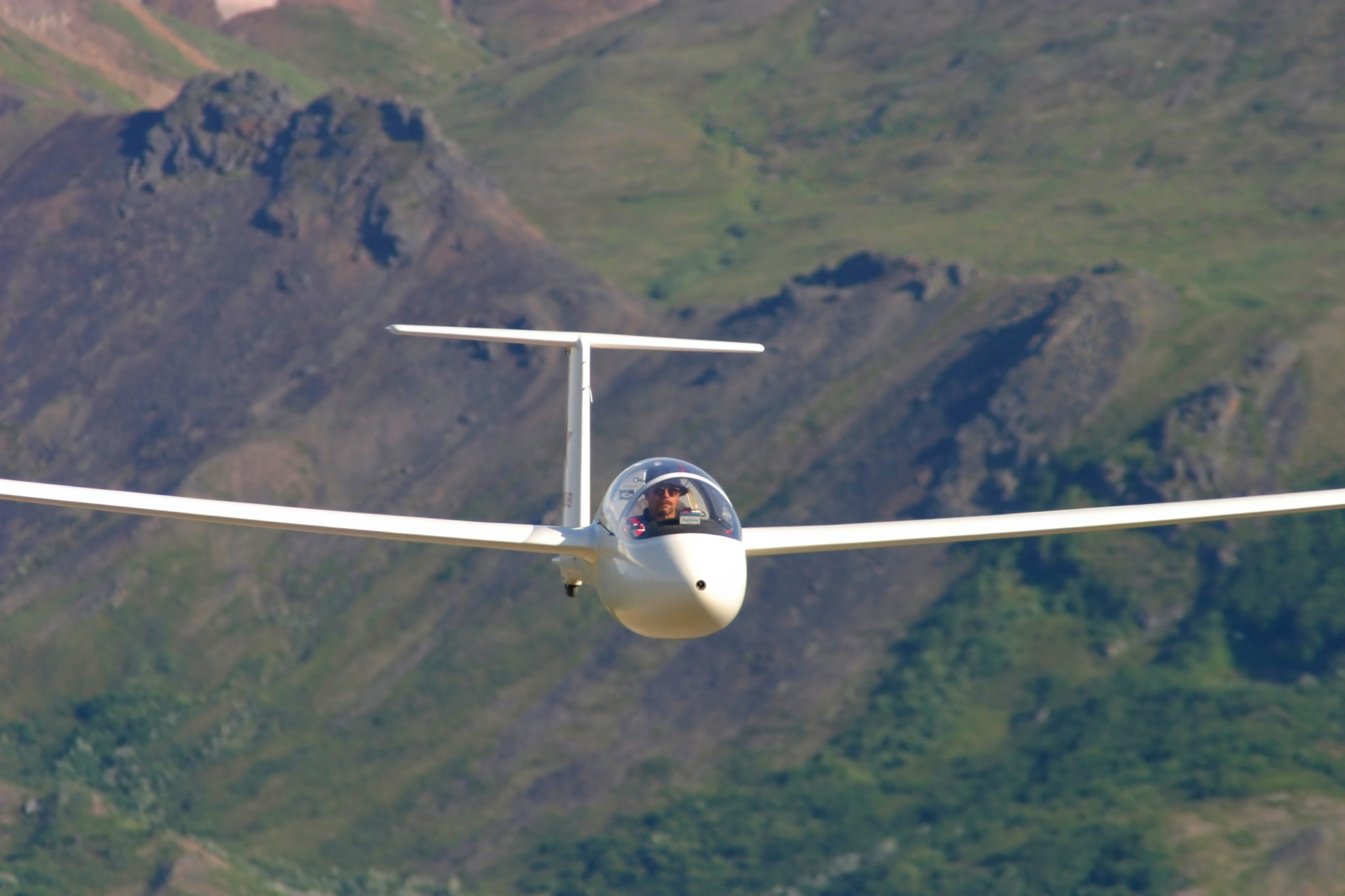
Making the Best of the Photography Horizon-
Alaska has an endless panorama which can either accentuate or ruin your photography. When taking pictures of mountain ranges and oceans, keep your camera level. Remember the rule of thirds in photography. Also, don’t position the horizon in the middle of the flame; the last thing you want is a static photo. Instead, fill up the frame with what captured your attention — be it aircraft, glaciers, skies, mountains and so forth — and keep the horizon low. If your element of interest is river or tundra meandering endlessly, it would be best if you place the horizon high. In this case there is no horizon so the image balances the scene.
Denali National Park-
Formally Mt. McKinley, now known as Denali, is the highest peak in northern America. Denali National Park lies around it and it is one of the largest parks in the United States of America. As part of the Alaska range is between Anchorage and Fairbanks and is the home of a variety of flora and fauna. It is the home to grizzly bears, wolves, caribou and many other animals. 168 types of birds make the park their summer home. The makes the park the ideal place for environmental portraits and wildlife photography. Sled rides are also quite popular among tourists as well as flight seeing.
Varying weather conditions which make good thermal flying mean that there are clouds present. Under these clouds are the very updrafts perfect for flying gliders. Usually these clouds form in the afternoon when the sun is at its warmest sending thermals spiraling up from dark objects, trees and mountain sides. Use of clouds can fill a photographs sky, thus giving the image a grand expanse of the scene keeping the horizon low. This is also a good time for the use of polarizing filters to darken the sky and make the clouds or aircraft stand out move vividly.
